Released almost a decade ago, ‘The Ring’ gave rise to several horror parodies, tropes and even initiated a new trend of re-creating iconic Japanese horror films in Hollywood. With little to no unnecessary jump scares, ‘The Ring’ is the kind of horror movie that creeps right under your skin with its atmospheric horror and slowly grows on you, giving you nightmares for weeks.
Although its mise-en-scène is enough to scare the hell out of you, the film is also surprisingly very deep and subtly foreshadows several key elements of its storyline. Moreover, it also leaves quite a lot of aspects of its plot to the viewer’s imagination. So further down in this article, we’ll be explaining everything from its hidden messages to its mysterious ending. SPOILERS AHEAD!
Plot Summary
An urban legend about a mysterious videotape that kills people begins to grip a town but no one seems to take it too seriously, especially news reporter Rachel (Naomi Watts). When her own niece ends up dying after watching it, she decides to further investigate the case and manages to get her hands on this cursed tape. But her own skepticism leads her into watching it and she regrets it instantly. With this, she finds herself spiraling down into a terrifying reality that forces her to race against time before she and her son meet the same fate as everyone affected by the curse.
Samara and her Abilities, Explained
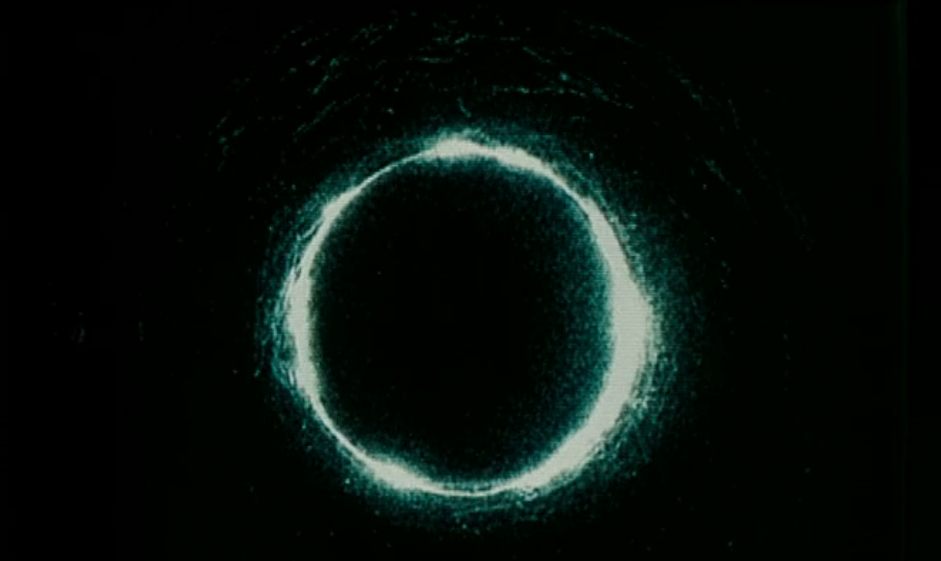
The first installment of ‘The Ring’ franchise does not really shed much light on Samara’s origins. It only reveals that Samara was once the daughter of Anna and Richard Morgan, and was later killed by her own mother. Anna had suffocated her using a plastic bag and had later dumped her into a well. When Rachel visits Samara’s old doctor, she gets to know that Anna was previously having trouble conceiving a child.
After she and her husband went for a vacation, they were back with Samara. This raises the possibility that Samara was adopted by the two. The first movie does not reveal anything else about Samara’s origins but the other two movies in the series, although they’re not half as good as the first one, drop some hints on how she came into existence.
In the third installment, ‘Rings’, it is revealed that Samara was born in 1970 and her biological mother was a woman named Evelyn. Evelyn was held captive by a psychotic priest who repeatedly raped her and only let her go after he found out that she’s pregnant. After Samara was born, from the very beginning, Evelyn knew that there’s something seriously wrong with her as she never cried. When Evelyn tried to drown her, Samara was taken away from her and put up for adoption, and that’s how she later ended up with Anna and her husband.
Here’s another interesting tidbit. Going by her appearance, Samara represents an “onryō” which refers to a ghost in Japanese traditional beliefs and literature. Just like an onryō, she has long string-like black hair, wears a white dress, and has a terrifying pale face. An “onryō” is basically a vengeful spirit that harms people only to rectify all the pain that it received from them when it was alive and also takes away their spirits when they’re dying.
Samara does something very similar. All of her victims are found with shriveled up pale faces as if life was just sucked right out of them. As you already know, her biological mother was brutally tortured even before she was born and even after being adopted, her adoptive father had kept her confined in a barn before she was killed by her own mother. All of this proves that she, too, is somewhat of a vengeful spirit like onryō.
Samara’s “Nensha” and the Tape
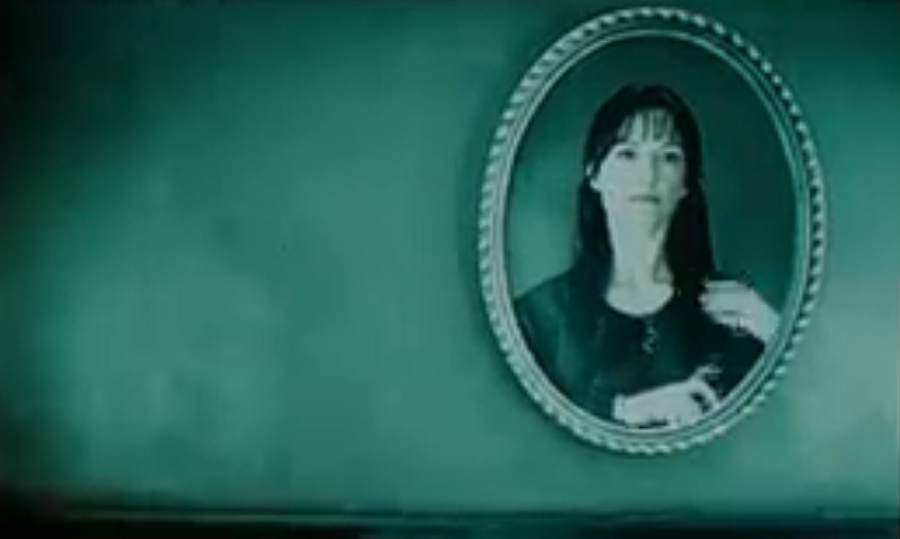
Although the first movie keeps Samara’s origins a mystery, through mild foreshadowing, it reveals a lot about her abilities. The entire narrative of the movie revolves around a videotape. The viewer of the tape sets off a chain of horrifying events that later leads to his/her death within seven days. Samara basically uses “Nensha,” also known as thoughtography or projected thermography, to literally “burn” the images in her head onto physical surfaces or instill them in the minds of others.
After watching the tape, when Rachel first begins her investigation, her first cue turns out to be the lighthouse that she spots in the tape itself. Using this piece of information, she discovers some old news articles which reveal how Samara’s mother was once a very successful horse breeder. But later, all of her horses had killed themselves by jumping off a cliff and soon after this, she, too, had committed suicide.
The film never tells us about what exactly happened after Samara was adopted by the Morgans or anything about all the events that led to her death. But Anna’s history makes it pretty evident that Samara started haunting them with her abilities soon after she was adopted.
Initially, while growing up in the Morgan household, she probably had no clue about her supernatural abilities. So involuntarily, she started projecting her powers onto anything and everything around her. She created terrifying images in her mother’s head and got her all depressed, which eventually drove her crazy. When her adoptive father, Richard, realized this, he kept her isolated in their barn. This is where she started experimenting with her abilities on the horses in the barn and drove them insane. That’s the reason why they either fell sick or committed suicide by jumping off a cliff. Even the tree that is seemingly burned out on the wall of the barn, which is later discovered by Rachel and Noah, was created by Samara.
In the scene where Rachel interacts with Samara’s old doctor, the doctor reveals to her that right after Samara was brought into the town, they experienced some of their worst days. But as soon as she was sent to another far off medical facility, everything went back to normal. This reveals how Samara unknowingly created a negative impact on her surroundings even as a child.
Rachel also comes across an old tape that shows a psychiatrist interviewing Samara. While the doctor in the tape presumes that she’s an innocent child and politely asks her questions, Samara coldly replies that she won’t stop harming people. This videotape hints that by this time, Samara was very well aware of her abilities and was intentionally using them to harm people. And that right there is the reason why her own adoptive mother later killed her and committed suicide right after that.
Samara’s Hauntings and the Death of her Victims
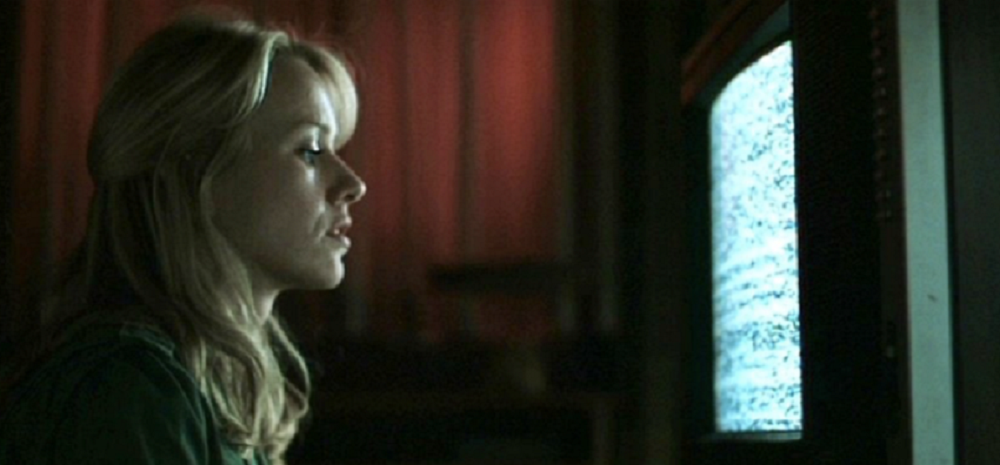
Samara’s ability further explains how she haunts people and eventually kills them. After being killed by her mother, Samara revives herself by projecting all of her hauntings onto one videotape. She then uses these images to haunt her victims by repeatedly instilling them in their lives. Her victims finding their faces distorted in photos and even Aidan’s vivid drawings of the well show that she has gotten into their heads. Moreover, if you can recall, there are several moments in the film where Rachel actually re-lives certain scenes of the tape and even dreams of them. All of these scenes are sporadically scattered throughout the runtime of the film.
One of these can be spotted in the part where Rachel finds a caged horse on the ferry that she takes to visit the location of the Lighthouse. The camera then takes an abutting shot of the horse’s eye, which is exactly the same as one of the scenes from the tape. Soon after this, the horse goes crazy and jumps into the ocean. When Rachel and all the others on the ferry rush towards the stern of the boat, they discover a stream of blood rushing out from underneath it, which makes it clear that the horse is now dead. The part where the ocean beneath them turns red is another recreation of one of the scenes from the tape itself. Throughout the movie, you can find several similar examples.
When it comes to killing her victims, yet again, the film never really shows how she does it. People killed by her are usually found with shriveled up and distorted faces. The only explanation that doctors are able to give about these deaths is that their hearts suddenly stopped. But if one can recall, in the starting moments of the film, before Samara kills her first victim, a series of graphic images from the tape itself are quickly portrayed for a few seconds. This probably implies that Samara ingrains such terrifying images in the minds of her victims, that their hearts literally stop beating as soon as they see them.
The Ending: “It Won’t Stop.”
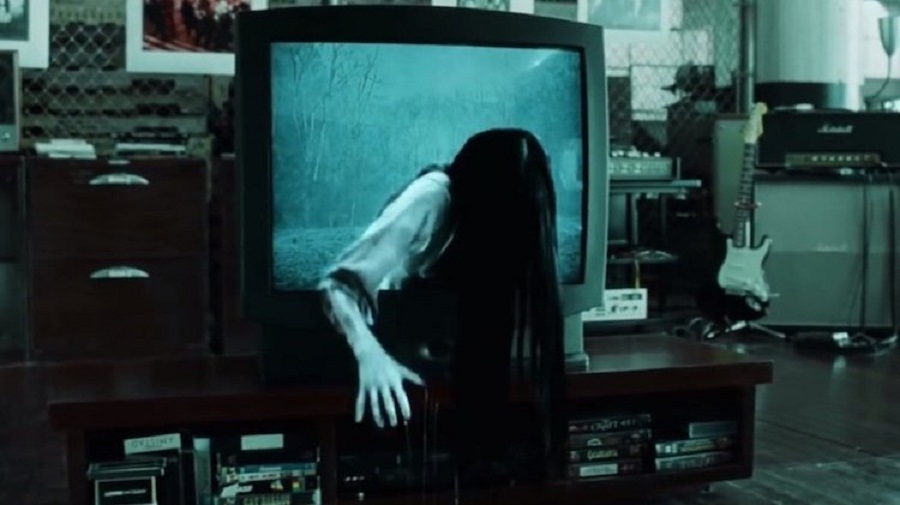
The seventh day arrives and as Noah (Martin Henderson from ‘Virgin River‘) sits in his office sipping coffee, his television gets turned on all by itself. Although a little puzzled, he just turns it off and heads back to his desk. But that’s when it gets turned on again, this time, displaying a distorted video of the well they had earlier discovered. Soon Samara glides out of the well and comes right out of the television screen. This is, by far, not just the most terrifying scene in the movie but also one of the most disturbing scenes in the history of horror films.
I mentioned earlier that Samara never really seems to have an actual physical presence. Some might argue that according to this scene, she does seem to be an actual physical entity like other stereotypical ghosts. But even in this scene, she seems more like a “digital projection.” Her body glitches like the static of a television screen and she’s easily able to teleport from one place to another. So, from this, it seems like she is restricted to exist only in a digital form.
When Rachel discovers that Noah is dead, she wonders why Samara did not kill her. She rushes back home and asks Aidan to shut himself in his room. It then hits her that she had earlier made a copy of the tape and that’s probably the reason why she survived. She then makes Aidan create a copy of the tape and ends up saving him from the curse. The reason why this works is that it very well fulfills Samara’s purpose of killing and harming more people.
Rachel learns that in order to save her son’s life, she’ll have to choose the lesser evil. She can either let her son die and save the world from Samara’s curse or she can create more copies of it and watch the world slowly burn with Samara’s sinister motives. She chooses to save her son’s life and in a way, further “spreads Samara’s curse as a sickness.”
“She Never Sleeps.”
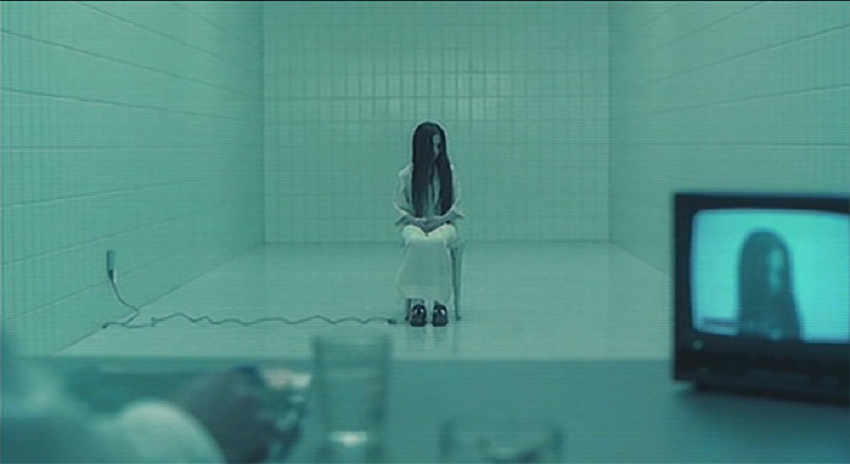
After being led to Shelter Mountain Inn, while looking for more cues regarding Samara’s death, there comes a time when Rachel ends up in the same well where she was killed. This is when Samara gives her a glimpse of her past and makes her empathize with everything that happened to her. At this point in the story, since Rachel was unaware of Samara’s evil intentions, she was under the impression that her adoptive mother, Anna, simply went nuts and later killed her. She assumes that Samara was being oppressed by her parents for no reason, so she sets her free by getting her body buried outside the well.
When she goes back home and informs this to Aidan, he tells her that Samara never sleeps and she shouldn’t have freed her. Although this is further explained in the second film, it basically suggests that previously Samara was only confined to digital sources and only had a few moments of freedom when her victims had to reach that seven-day mark. But after being set free from the well, she can now go anywhere and do whatever she wants.
The Ring Metaphors, Explained
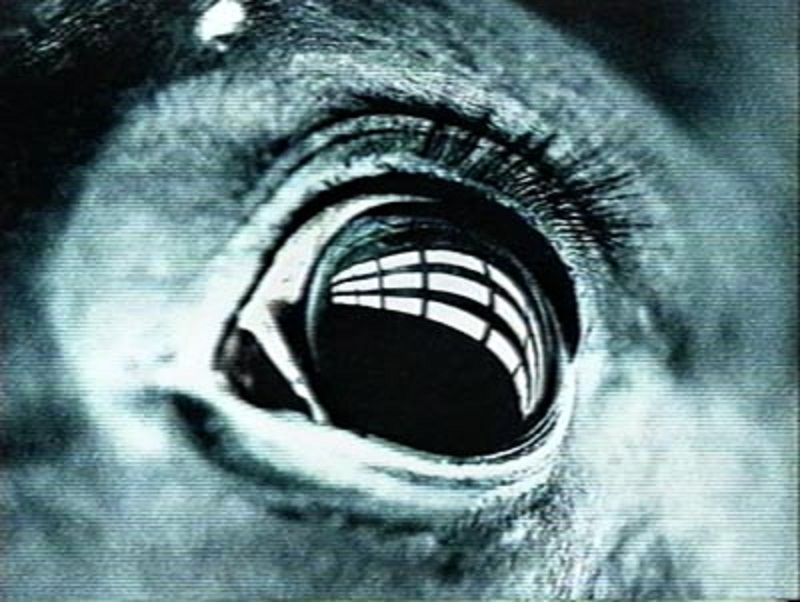
- Soon after Rachel is rescued from the well, Noah asks her “How long can a person survive inside a closed well?” To this Racheal replies “Seven days.” This explains why Samara waits for a week to kill her victims. In addition, this might also be a mockery to the belief that God created the Earth in seven days.
- Every single time the tape is played in the movie, as a viewer, you can spot Samara a little further out of the well in the final scene.
- While investigating all about Samara, Noah heads to the psychiatric hospital where she was admitted. There he ends up finding an empty videotape case. This case actually contained the video that Rachel watches earlier in the movie at Richard Morgan’s house. This also implies that Richard had attempted to clear all evidence of his daughter’s existence.
- When Rachel and Noah visit Shelter Mountain Inn, a small sign reads “Closed Until Further Notice.” This indicates that since the tape had originated in the cabins itself, the cabin manager probably ended up watching it and died.
- There are several scenes in the film where it subliminally tries to depict visuals of ring-shaped figures. Right before Noah is killed by Samara, he looks down at his desk and spots a ring shape left behind by his coffee mug. Everything from floor patterns to wallpapers to even designs on clothing has ring-shaped spirals on it. Even in the ferry scene, Rachel spots a ring in the horse’s eye.
- The title of the film itself can have three different meanings. As most viewers would have noticed, the lid of the well, where Samara was pushed, represents a ring. Moreover, every time a person watches the tape, he/she receives a phone call. So the title could also be associated with the “ringing” of the phone. Apart from that, “the ring” also represents the cyclic nature of Samara’s curse. It is never-ending. Rachel broke the cycle by creating a copy of the tape. Contrarily, she further enhanced the cycle by creating a copy of it.
- In a lot of ways, the entire film is more or less an allegory for how television and other forms of technology are corrupting our minds. In the opening scene of the film, Samara’s first victim talks about how television is killing our brain cells and calls it a big conspiracy. Even later in the film, when Noah watches the tape, Rachel goes to the balcony and looks at all other homes where people seem to be strangely glued to their television sets. Coincidence? I don’t think so.
Read More: The Others Ending, Explained

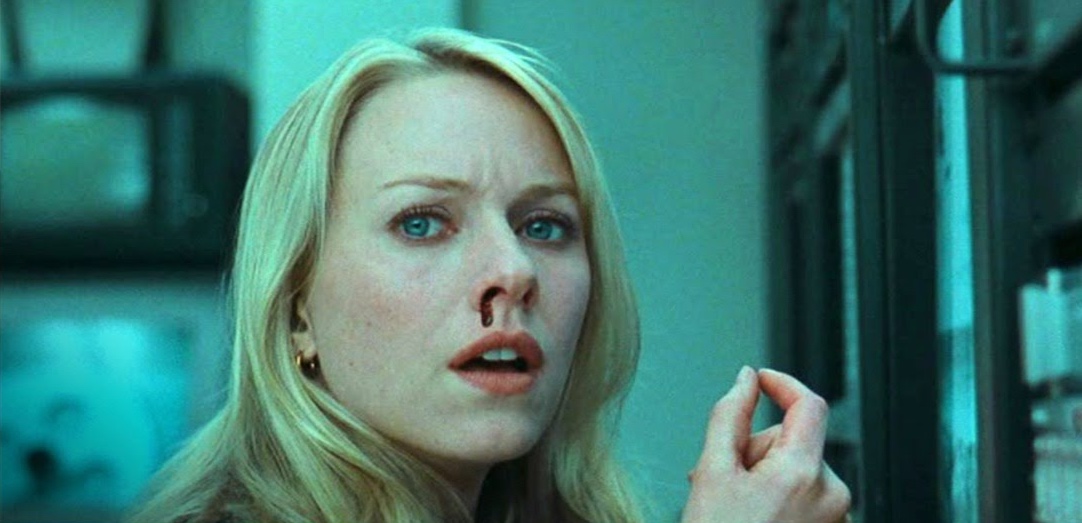
You must be logged in to post a comment.